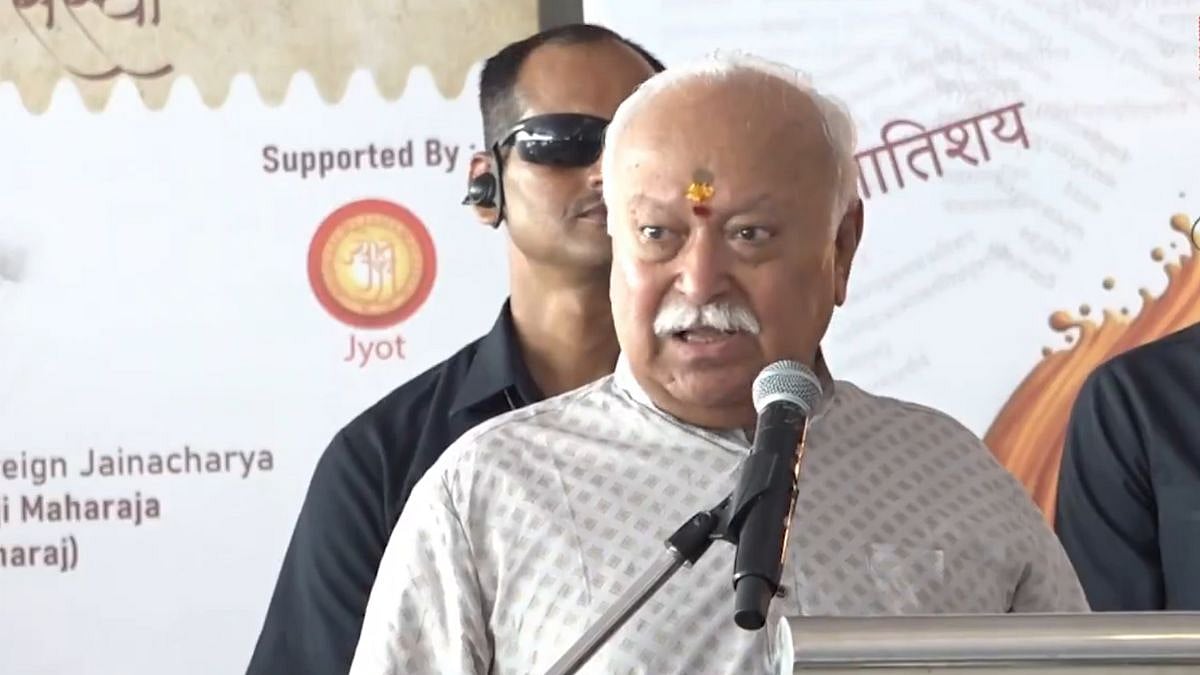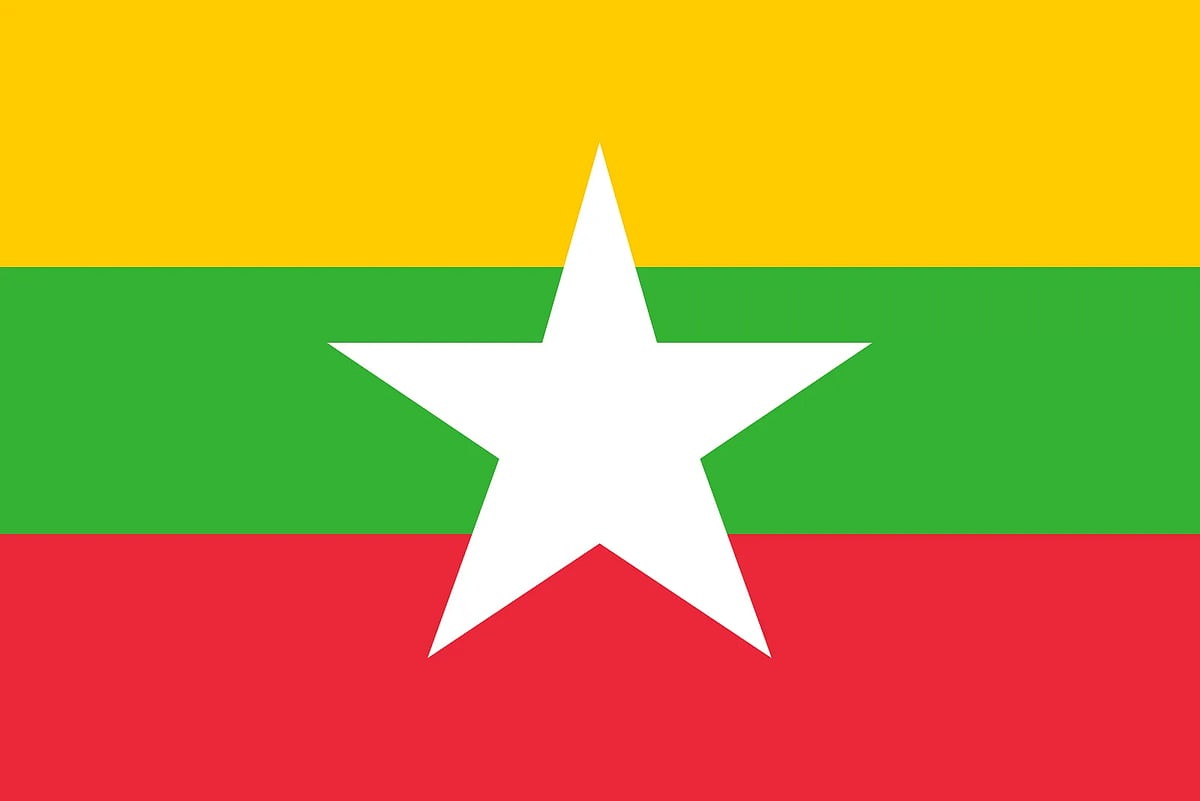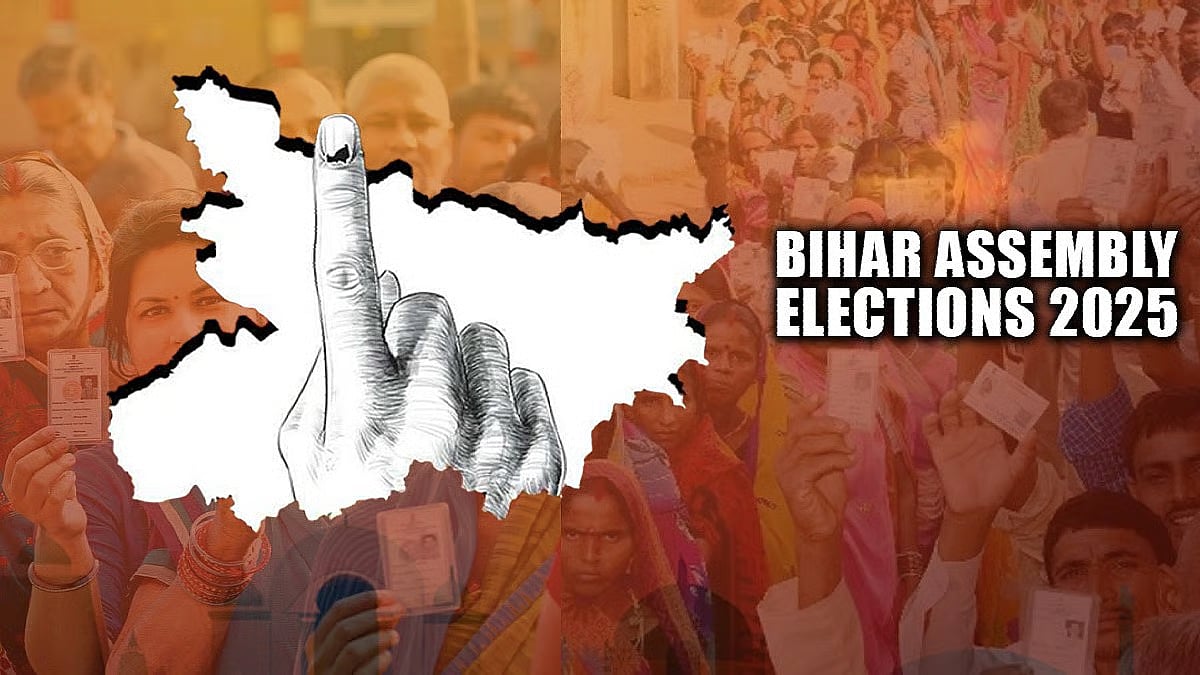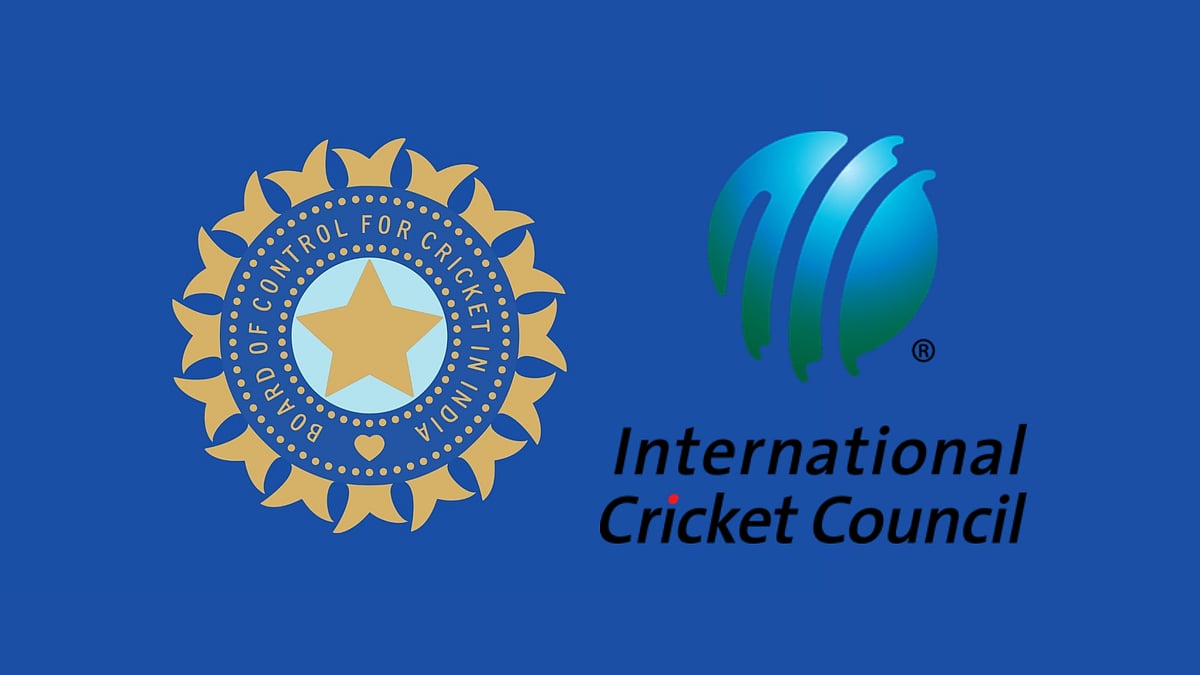Since 2016, the Ministry of Education at the Centre has been publishing an annual tanking of Higher Education Institutions (HEIs) across the country, in different disciplines, under the National Institutional Ranking Framework (NIRF).
To be eligible for ranking, an institution must have a total intake of at least 1000 students in UG and PG courses, except for a few highly focused institutions. Further, at least three batches of full-time students must have graduated from an institution for it to be eligible for registration. However, in any case, Open Universities and Affiliating Universities are not considered for ranking.
Each institution is required to submit the data in a given format on the NIRF portal. NIRF is empowered to take up physical checks on data at its own discretion. For research and patents, NIRF also collects data from internationally available data bases.
To assess each institution, five broad parameters are considered as follows: (a) Teaching, Learning and Resources (30): it has following sub-heads: Student strength including Ph D students, faculty-student ratio with emphasis on permanent faculty, faculty with Ph D and experience, financial resources and their utilization and online education. (b) Research and Professional Practice (30) includes Publications, quality of publications, patents and projects and professional practice. (c) Graduation outcomes (20) includes University examinations and number of Ph D students graduated. (d) Outreach and Inclusivity (10) includes regional diversity, women diversity, economically and socially challenged students and facilities for physically challenged students. Finally, (e) Perception (10) is the perception of employers and academic peers except for universities and colleges where perception includes peer perception and accreditation.
This year, on June 5, NIRF announced rankings for 2023. This year, a total of 8686 institutions participated, including 262 centrally funded institutions and 2476 degree colleges. This year, all HEIs are assigned an overall rank independent of their discipline. There are also separate rankings for universities, research institutions, degree colleges and further, discipline-specific rankings in engineering, management, pharmacy, law, medical, dental, architecture and planning. Two categories are added this year: agriculture and allied sectors and innovation. Each list contains scores for a maximum of top 100 — in some categories, it is less — HEIs.
In the overall category — which does not include colleges — IITs have claimed 7 out of first 10 positions. Three other institutions are IISc, Bangalore, AIIMS, Delhi and JNU, Delhi, the only university in the list. Among colleges, Miranda House and Hindu College, both from Delhi have claimed top 2 positions. Among top 10 colleges, 5 are from Delhi, 3 from Tamil Nadu and 2 from West Bengal.
Since the publication of the rankings, a lot of discussion and debate has taken place among experts and public regarding different aspects of the rankings. However, in this piece, I will focus on one parameter of assessment, Outreach and Inclusivity. Though this parameter is a critical element in any HEI in as highly unequal and diverse society as ours, it has been assigned a relatively low weightage: only 10 marks out of 100. This is further sub-divided into - regional diversity (RD: 30), women diversity (WD: 30), economically and socially challenged students (ESCS: 20) and facilities for physically challenged students (PCS: 20).
RD represents regional and international composition of students in an institution. However, WD sub-heading is disappointing because of the recent debates regarding multiple gender identities and the need to institutionalise them. Women diversity does not incorporate this nuanced idea of gender diversity. Further, value of women diversity is calculated by taking into account not only women students (expectation: 50 %) but also women faculty including women in senior administrative positions (expectation: 20 %). Sadly, there is no explanation in the report for either this clubbing or as to why 20 % is assumed to be an adequate representation of women among the faculty and senior administration.
Surprisingly, the number of students from SC, ST and OBC categories are not shown separately despite the specific constitutional mandate to have separate reservations for each category in public HEIs. Instead, they are clubbed together under the sub-heading, socially challenged students. However, the number of economically backward students is shown separately. Further, for each institution, the data are collected regarding number of students who are fully or partially reimbursed fees by the state and central government, by the institution itself and from private bodies. But none of these figures are considered relevant for calculating the value of ECSC. Instead, this value is calculated solely in terms of percentage of undergraduate students whose fees are fully reimbursed by the institutional funds! Again, we have no explanation as to why this is so. The result is: for ESCS, while almost all institutions score low, public universities like JNU — 2nd among universities — and University of Hyderabad — 10th in the list — scores 0 out of 20! For PCS, there is no information about the number of physically challenged students and/or faculty. Interestingly, almost all institutions have been assigned 20 out of 20 marks for PCS.
Clearly, different components of Outreach and Inclusivity show inconsistency. I believe this parameter needs some re-thinking and reorganisation to more accurately represent the social and economic composition of students in HEIs. I also think a similar detailed category for the faculty should also be added because concerns regarding diversity and inclusivity have become increasingly relevant for the faculty as well. WD also needs to be replaced by a more gender-inclusive sub-heading. And for PCS, we need to know not only about the facilities but the actual number of students and faculty in this category HEIs as well.
Vrijendra taught in a Mumbai college for more than 30 years, and has been associated with democratic rights groups in the city













